The photos look like space art, but they’re 100% real.
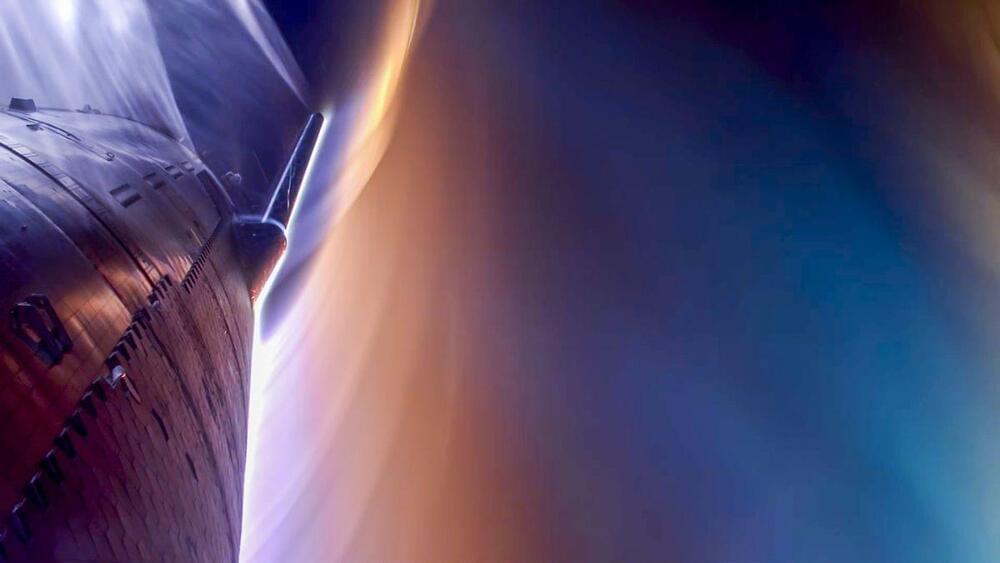

Airbus U.S. Space & Defense announced on October 15, 2024, the successful completion of the first demonstration of the Lakota UH-72 drone helicopter for the U.S. Marine Corps, conducted at Marine Corps Air Station New River and Camp Lejeune. This demonstration showcased the capabilities of the Aerial Logistics Connector (ALC) system, designed to enhance logistical support in dispersed and challenging environments. As an autonomous platform, the Lakota UH-72 ensures a continuous supply flow without relying on traditional transportation methods, which are often vulnerable or limited.
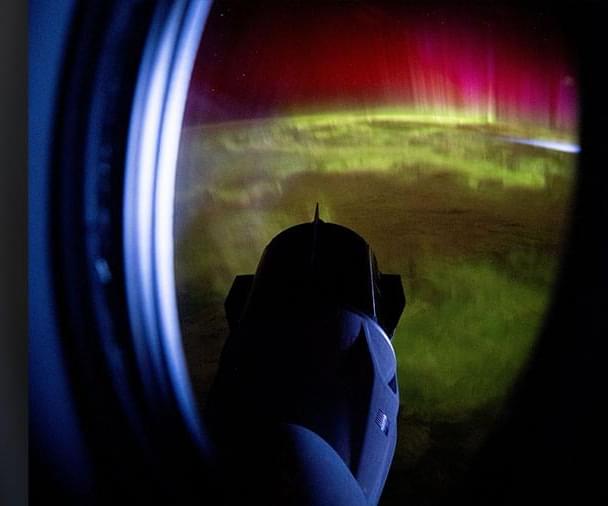
Four International Space Station crew members continue waiting for their departure date as mission managers monitor weather conditions off the coast of Florida. The rest of the Expedition 72 crew on Monday stayed focused on space biology and lab maintenance aboard the orbital outpost.
NASA and SpaceX mission managers are watching unfavorable weather conditions off the Florida coast right now for the splashdown of the SpaceX Crew-8 mission with NASA astronauts Matthew Dominick, Mike Barratt, and Jeanette Epps, and Roscosmos cosmonaut Alexander Grebenkin. The homebound quartet spent Monday mostly relaxing while also continuing departure preps. In the meantime, mission teams are awaiting the next weather briefing scheduled for Wednesday, Oct. 16, at 11 a.m. EDT, and are currently targeting Dragon Endeavour’s undocking for no earlier than 3:05 a.m. on Friday, Oct. 18. The Crew-8 foursome is in the seventh month of their space research mission that began on March 3.
The other seven orbital residents will stay aboard the orbital outpost until early 2025. NASA astronaut Don Pettit is scheduled to return to Earth first in February with Roscosmos cosmonauts Alexey Ovchinin and Ivan Vagner aboard the Soyuz MS-26 crew ship. Next, station Commander Suni Williams and Flight Engineer Butch Wilmore are targeted to return home aboard SpaceX Dragon Freedom with SpaceX Crew-9 Commander Nick Hague, all three NASA astronauts, and Roscosmos cosmonaut Aleksandr Gorbunov.
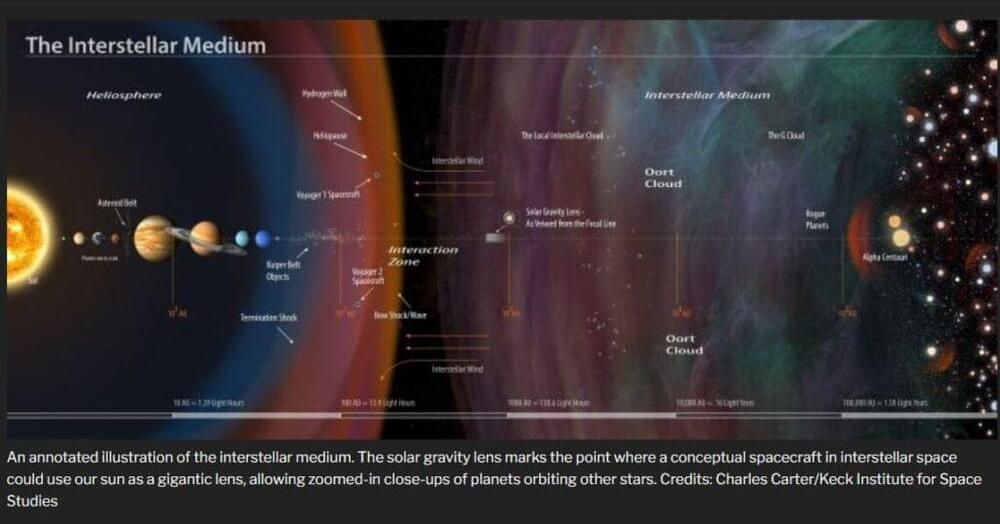
Noctilucent clouds were once thought to be a fairly modern phenomenon. A team of researchers recently calculated that Earth and the entire solar system may well have passed through two dense interstellar clouds, causing global noctilucent clouds that may have driven an ice age.
The event is thought to have happened 7 million years ago and would have compressed the heliosphere, exposing Earth to the interstellar medium.
Interstellar clouds are vast regions of gas and dust between the stars within galaxies. They are mostly made up of hydrogen along with a little helium and trace elements of heavier elements.
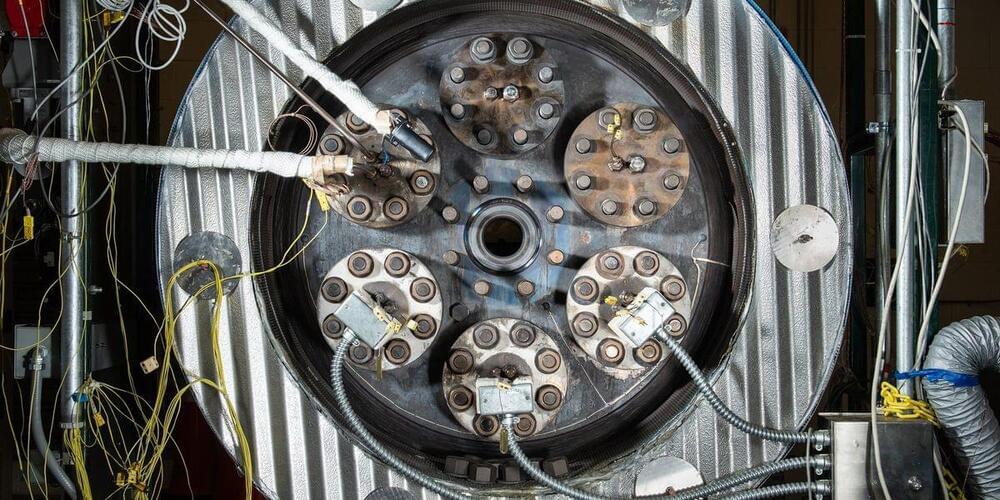

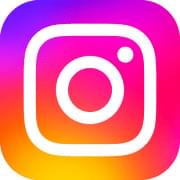
82K likes, — tradedvc on October 13, 2024: Elon musk’s @spacex caught a 19 story tall rocket booster in mid air.
Credit: Shaun Maguire — X
Enjoy the videos and music you love, upload original content, and share it all with friends, family, and the world on YouTube.

SpaceX on Sunday successfully “caught” its “Super Heavy” booster on its first attempt during a flight test, a first for the company and its most powerful spacecraft.
Starship lifted off from its launch tower into clear morning skies from the Starbase facility in Boca Chica, Texas, at 7:25 a.m. CT with all 33 of its Raptor engines firing flawlessly.
A]:text-gray-700 [&a]:underline When you purchase through links on our site, we may earn an affiliate commission. Here’s how it works.